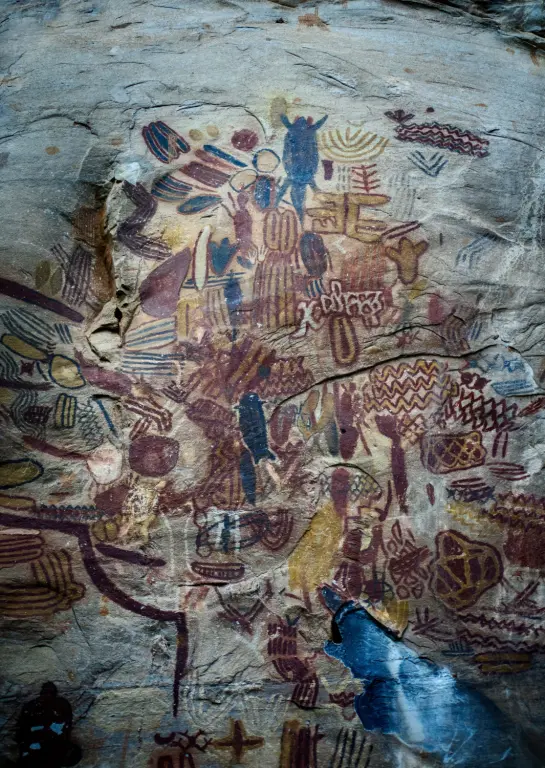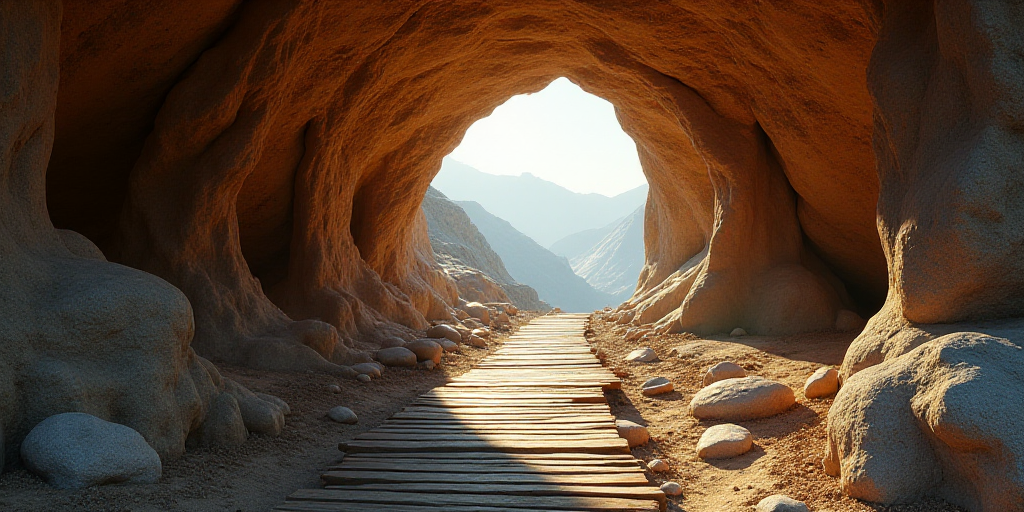Introduction to Cavernas do Peruaçu
Cavernas do Peruaçu, a stunning array of canyons and caves adorned with prehistoric rock art in Brazil, have been added to the UNESCO World Heritage List. The announcement was made by the international organization.
Location and Extent
Located in northern Minas Gerais state, the Cavernas de Peruaçu National Park spans approximately 56,500 hectares of landscapes sculpted by colossal caves. Some of these caves stretch up to six kilometers in length, making them among the largest subterranean spaces globally, according to UNESCO.
UNESCO’s Recognition
In its designation, the UNESCO acknowledged the “exceptional natural beauty” of Cavernas de Peruaçu and hailed it as an “outstanding example of significant stages in Earth’s history.”
“The park lies at the intersection of the Cerrado, Caatinga, and Atlantic Forest biomes, housing over 2,000 plant and animal species, including many threatened ones,” stated UNESCO.
Historical and Cultural Significance
The canyons and galleries, along with the permanent water source in the Peruaçu valley, have facilitated human habitation since 12,000 years ago. Rock paintings in various styles are abundant in the area.

Pintura dentro de una cueva en el Parque Nacional de las Grutas de Peruaçu.
Early inhabitants were hunters, but archaeological evidence and paintings suggest cultivation of corn, tobacco, cotton, and grains in later times, as per UNESCO.
According to the Instituto Chico Mendes de Conservación de Biodiversidad (ICMBio), responsible for Brazil’s national parks, the indigenous Xacriabás people knew the valley as “Peruaçu,” meaning “large hollow” in reference to the canyon or large caves formed from limestone in the region.
UNESCO’s Annual Review Process
Among the 30 nominations examined this year by UNESCO’s World Heritage Committee, meeting in Paris until Sunday, are the castles of King Ludwig II of Bavaria, as well as cultural landscapes in Cameroon and Malawi.
Key Questions and Answers
- What are Cavernas do Peruaçu? Cavernas do Peruaçu is a remarkable geological formation in Brazil, consisting of canyons and caves adorned with prehistoric rock art.
- Why are they significant? UNESCO recognized Cavernas do Peruaçu for their exceptional natural beauty and as an outstanding example of significant stages in Earth’s history.
- Where are they located? The site is situated in the northern Minas Gerais state of Brazil.
- What is the historical significance? The canyons and caves have supported human habitation for approximately 12,000 years, with evidence of hunting and later agriculture.
- Who are the indigenous people associated with this site? The Xacriabás people, who knew the valley as “Peruaçu,” meaning “large hollow.”
- What other sites were considered by UNESCO this year? Along with Cavernas do Peruaçu, the committee reviewed castles of King Ludwig II of Bavaria and cultural landscapes in Cameroon and Malawi.






